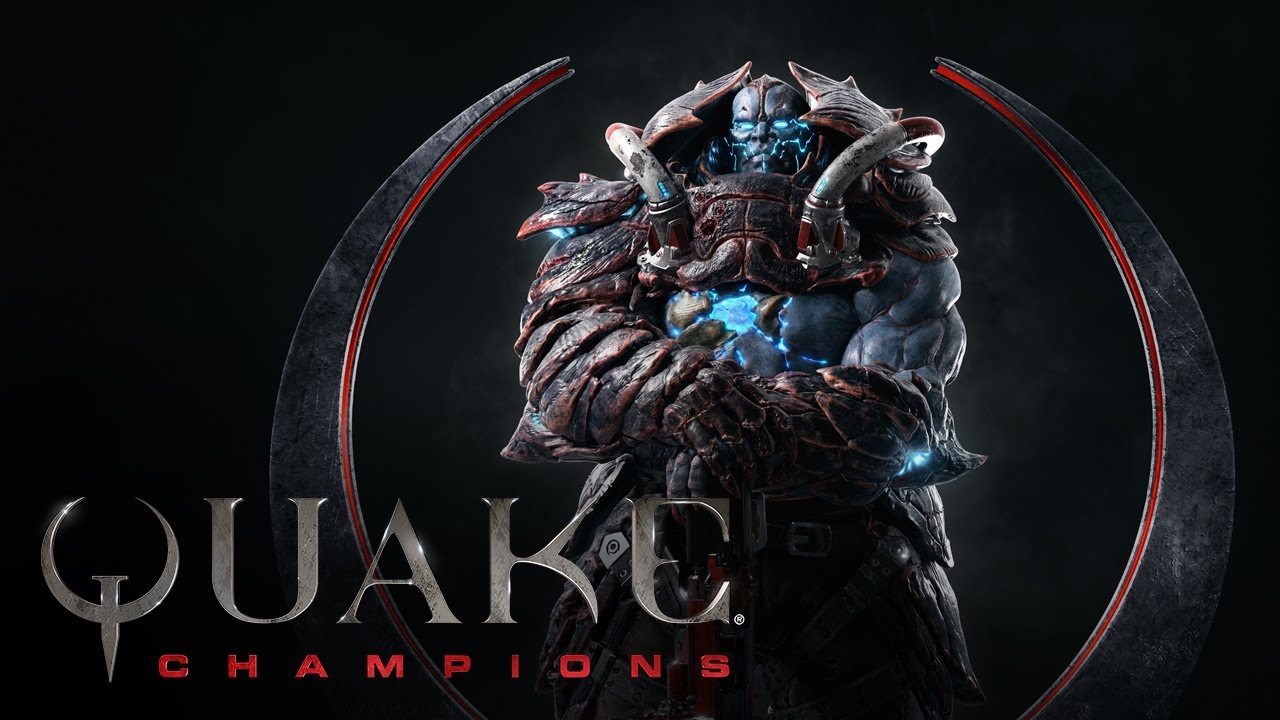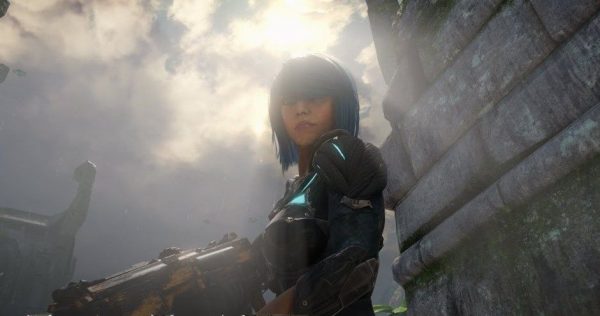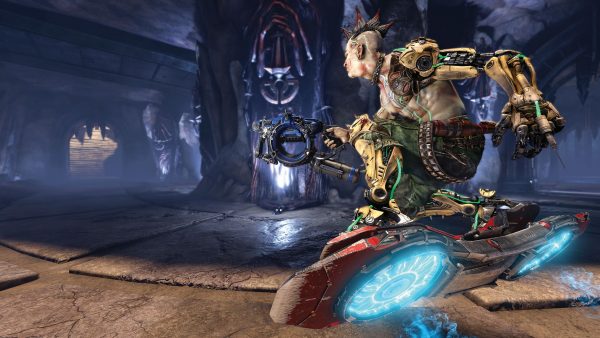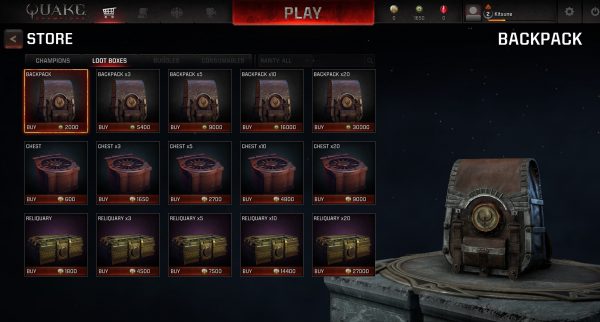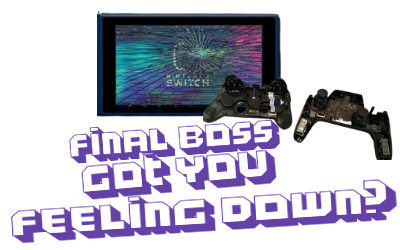The Quake franchise was once a multiplayer staple during the early 1990s and while the franchise has tried to reinvent itself twice in the mid-2000s it has been almost a decade since we heard from this formally prominent frag fest. Now id Software in collaboration with Sabre Interactive and publisher Bethesda are preparing to bring back Quake for a new generation with the open beta of Quake Champions which launches this weekend.
Bethesda was courteous enough to invite me into the Closed Beta Test for Quake Champions and over the past five weeks, I’ve been able to experience multiple builds of the game – each iterating on the last. As well I’ve been able to participate in feedback & discussion with other Quake enthusiasts and developers to help improve the game. I figured with the public tech test happening an overview of how Quake Champions works, identifying what aspects set Champions apart from previous entries in the franchise and some tips/tricks would be welcome.
Multiplayer – Past, Present & Future
At its’ core Quake Champions is a multiplayer shooter with a higher skill ceiling that the competition. The game may have a heavy focus on e-sports later on down the line judging from the promotional materials released by Bethesda thus far. Knowing when to move, strafe, jump and activate abilities are all key concepts that players will have to master if they want to see their names at the top of the leaderboards. QC isn’t really a game where you can stick to a single weapon and charge around the arena with no situational awareness and expect to come out on top. Maneuvers like strafe jumping (pressing movement keys before making a jump to maximize velocity) and circle strafing (running in a circle around an opponent to avoid oncoming attacks) are not only valid strategies but have ben part of the franchise since the days of Quake II multiplayer. When playing a team based mode knowing where allies are in relation to objectives can make the difference between nabbing the Quad Damage and becoming a pile of giblets.
The titular Champions are front and center as soon as the game’s splash screen and opening menu present themselves. Each player no longer have the same in-game avatar, as seen in Quake II or simply a different model with the same hitboxes & statistics like Quake III’s multiplayer. Each champion brings a unique aesthetic, distinct personality, their own ultimate ability, and statistics. Fans of Quake I can step into the boots of Ranger, the protagonist from that game. His statistics are all around rounded and his ultimate ability Dire Orb allows players to either send a blast of energy at enemies or warp a long distance across the room. Players looking for a little more brute force can choose Scalebearer – a large hulking tank who has a large health pool, giving him a good amount of survivability, a slower movement than other agile Champions but an Ultimate that allows him to charge forward at a great speed instantly killing opponents below a certain health level. Ranger & Scalebearer are only two of the eight selectable Champions that players will have at launch and each of them certainly invites experimentation as well as a fresh reason to hop into a match.
Weapons receive some tweaking in Quake Champions when compared to previous iterations. Mainstays like the machinegun, gauntlet, rocket launcher, railgun, nailgun and lightning gun are all accounted for but Quake veterans may notice some omissions. The grenade launcher, plasma rifle, and the Big Fucking Gun are all missing in action but once you’ve played a few rounds of Champions it can be easy to see why some of these weapons might have been omitted. Having a projectile based weapon like the grenade launcher could result in splash damage kills which is antithetical of the skill based slaughter discussed earlier. Same goes for the Big Fucking Gun, while weapons like the railgun deal excessively high amounts of damage it is never enough to kill a player at full health in one single blow, even the rocket launcher is capped at 100 DMG when a direct hit occurs.
Monetization & Free To Play Experience
Before you run away, yes, Quake Champions will be free to play but as the developers have mentioned time and time again – they aren’t aiming to split up the multiplayer community into tiers. If a player chooses not to purchase any additional champions or loot boxes they will still have access to the core Quake Champions experience in the form of Ranger being permanently unlocked for use. If Ranger’s search for a slip-gate home becomes too exhausting additional Champions can currently be rented for 5000 ‘favor’ – the F2P currency earned at the end of matches. These rentals do come with some caveats, however. Paying 5000 favor will unlock a single hero for 24 real world hours, meaning that the clock begins ticking after you click purchase. It can also take some time to earn the required 5000 favor depending on the Daily Challenges presented to you and whether or not they are obtainable. Some challenges can be as simple as competing in 3 matches and earning enough favor for a free rental. Others, like getting 3 railgun kills in a row, can be more difficult especially for newer players. In my experience with the game – without using challenges it can approximately take an hour of game time to earn a free rental.
With id & Bethesdsa providing so much of the core game experience including maps, modes and one character entirely for free Quake Champions is monetized in three different ways. First and foremost is the ability for players to purchase random unlockable cosmetic items through three different types of loot boxes. Single items can be unlocked for 1,000 favor through the purchase of “backpacks” while two other chests that can contain 3 items of rare quality or higher, however, chests can only be purchased with real money. Individual champions will also be able to be purchased for real money as a permanent alongside a “champions pack” that will provide unlockable access to every character but not all cosmetic items.
In all honesty, I have mixed feelings about random loot boxes in games. It is well known that they exploit the dopamine bursts (the happy hormone released in the brain) that come with flashy rewards. These same centers of the brain trigger when players win at a slot machine and with the inclusion of a random element in terms of what is unlocked loot boxes can feel a lot like gambling. In the eight hours I’ve spent with the game prior to the tech test I was able to unlock enough red gems (the currency used for cosmetics) to purchase one of the classic Quake III weapons. The inclusion of Q3 weapons is absolutely awesome and I think it is a great nod to fans but I am sad that they are locked behind either hours of grinding out backpacks or until your wallet has been exhausted until you have enough red gems from duplicate items to purchase the cosmetic you want.
Quake Champions has a solid foundation that Bethesda, id Software and Sabre Interactive could mold into something fantastic. There is enough action, weapon variety, and skill ceiling to keep players coming back for matches for weeks – and in all honesty that is a good thing. It is clear the inclusion of the 1 Vs 1 Duel Mode, e-sports promotions and free to play model indicate that all three parties have sky-high ambitions for Quake’s return. In its’ current state Quake Champions strikes a unique balance between what defined 20+ years ago and elements that a newer generation of shooter fans have come to expect. Here’s hoping that the recipe id and Sabre have cooked up will be well received when it is released later this summer.
